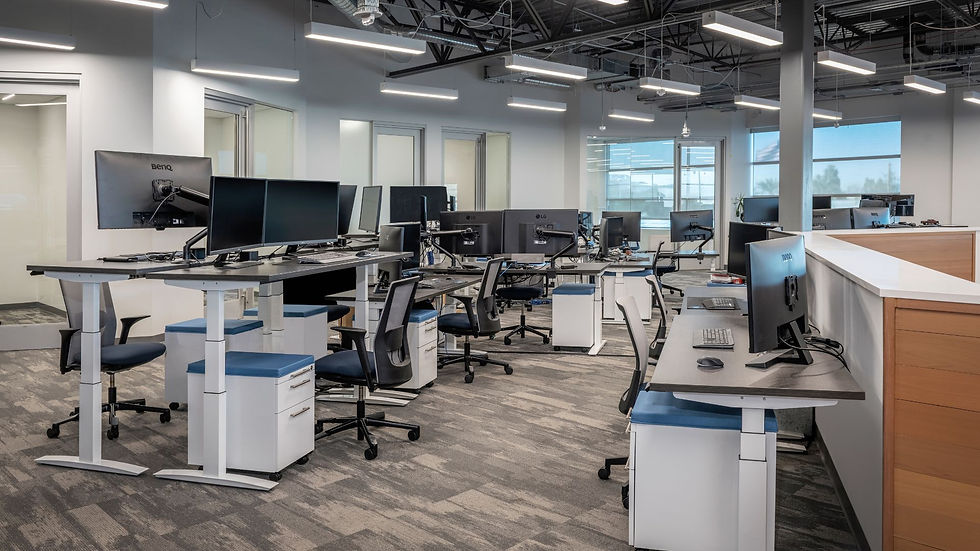Trump’s 100% Tariff Threat and What It Really Means
- G-Med Team

- Sep 28
- 2 min read
When President Trump announced on Truth Social that starting October 1st, 2025, the United States would impose a 100 percent tariff on any branded or patented pharmaceutical product unless the manufacturer was building a plant in America, the industry braced for impact. The wording was blunt and the rate dramatic. But analysts suggest the reality is more complex, and perhaps less dire, than it first appeared.

Over the past year, many drugmakers have already stepped up their commitments to U.S. manufacturing. Citi Research analysts noted that pledges have come from a wide array of major players, including AbbVie, Amgen, AstraZeneca, Biogen, Bristol Myers Squibb, Eli Lilly, Gilead, GSK, Johnson & Johnson, Merck, Novartis, Novo Nordisk, Regeneron, and Sanofi. These investments range from modest hundreds of millions to staggering commitments in the tens of billions. In this sense, Trump’s announcement may serve as political theater more than a practical economic shock.
Still, the uncertainty is real. Questions linger about what counts as “building” a plant. Is a pilot site enough? Do expansions qualify? Would companies that already operate large facilities in the U.S. be exempt? These details will shape the policy’s actual weight, and at the moment, answers are scarce.
Industry voices like PhRMA have raised caution. Every dollar spent on tariffs, they argue, is a dollar not invested in American manufacturing or the development of future treatments. Historically, drugs have been spared tariffs precisely because taxing them risks driving up costs and creating shortages. If applied bluntly, these new rules could ripple across pricing strategies, margins, and global supply chains.
Analysts from Jefferies and Leerink see Trump’s move partly as a negotiating tactic, perhaps linked to his ongoing “Most Favored Nation” pricing reform. They suggest the threat may be designed to score a visible policy win ahead of political milestones rather than to fundamentally alter the pharmaceutical trade landscape. Yet others, including leaders at KPMG, describe the moment as a fork in the road, one that leaves the industry facing more questions than answers.
The bigger picture is that pharma has already committed hundreds of billions of dollars to U.S. facilities, driven in part by political pressure but also by supply chain resilience. For now, the tariff threat seems less about dismantling global drug imports and more about reinforcing that trajectory.
What matters next is whether the rules evolve into a lasting framework or fade as a bargaining chip. In either case, companies are being pushed to make choices that could shape their operations and pricing for years to come. The real test will be whether these investments bring sustainable value to patients, or simply become another layer of cost and complexity in an already strained system.
G-Med excels in HCP marketing by blending digital innovation with data-driven insights, creating an effective platform for reaching healthcare professionals, offering various advertising solutions. By using G-Med to engage HCPs, share data reports, and explore innovative channels, marketers can deliver targeted, impactful messages that foster strong connections. G-Med’s approach ensures that each campaign is tailored, scientifically rigorous, and effective, aligning perfectly with the best practices for successful HCP marketing.
Contact us today to learn more: Contact@g-med.com
.png)



